If your LED aquarium light is not working, don’t worry! There are several things you can do to try to fix it. This blog post will discuss some of the most common problems with LED aquatic lights and how to fix led aquarium lights. We will also provide some tips on how to care for your LED aquarium light properly. So, if your light iHow to Fix Led Aquarium Lights not functioning correctly, read on for some helpful guidance.
The lighting in an aquarium is one of the most important pieces of equipment. Not only does it provide the necessary light for plants and animals to grow, but it also creates a beautiful visual effect that everyone can enjoy. In recent years, LED aquarium lights have become increasingly popular due to their many benefits.
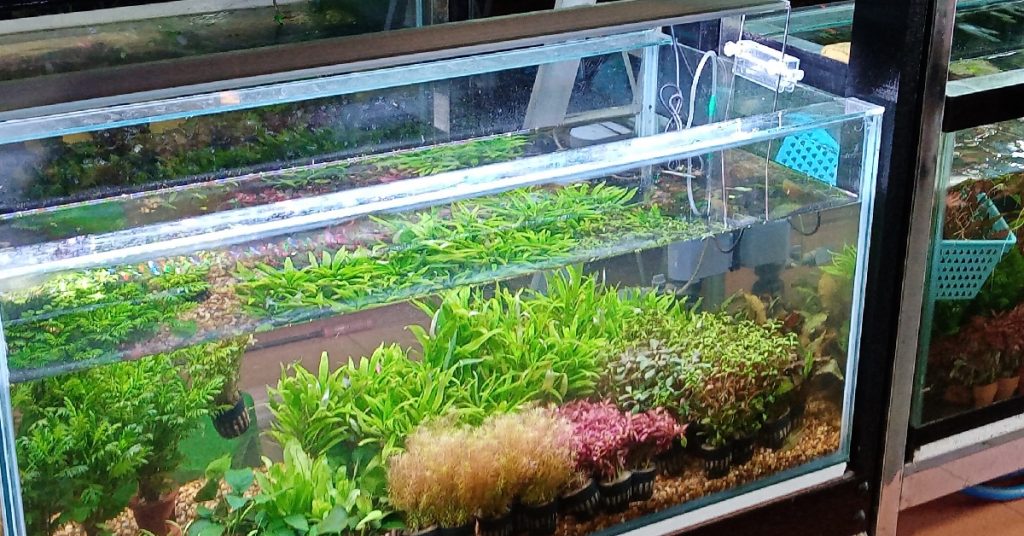
LED stands for a light-emitting diode. These types of lights are very energy efficient and produce very little heat. This makes them ideal for use in aquariums, as too much heat can harm delicate aquatic life. LED lights also last a lot longer than traditional incandescent bulbs, so you won’t have to replace them as often.
There are many different types and sizes of LED aquarium lights available on the market. First, you will need to choose the right one for your particular tank. Consider the size of your aquarium, the type of fish and plants you have, and the look you are going for. You can find LED lights that produce a wide range of colors, so you can really create a unique and beautiful underwater world.
Summary: Do you have an aquarium with a broken light? There are a few ways to fix it. You can replace the light, or fix the light fixture itself.
Reasons Why Has My Led Aquarium Light Stopped Working?
We are frequently asked questions, and unfortunately, there isn’t always a straightforward answer. This article will go over some of the possible reasons why your LED aquarium light might have stopped working and what you can do to troubleshoot the issue.
First, let’s go over some of the most common reasons why LEDs stop working:
1. The Leds Are Overloaded and Need to Be Cooled Down.
If your LEDs are getting too hot, they will eventually turn off to prevent damage. The best way to prevent this is to make sure your LED light has good ventilation and isn’t overloaded.
2. The Driver Is Defective.
One of the most common reasons a computer cannot connect to Wi-Fi is because the driver is defective. If your computer is having difficulty connecting to the internet, it may be due to an outdated or faulty driver. To resolve this issue, try updating the driver. If that does not work, you may need to uninstall and reinstall the driver.
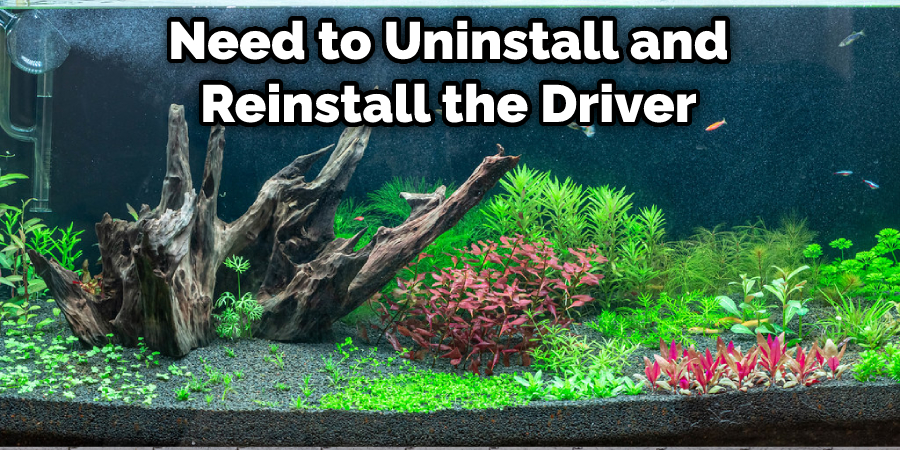
3. The Wiring Is Faulty.
If the wiring is faulty, it can cause the LED to stop working. To fix this, you will need to check the wiring and ensure it is all connected correctly. If the LED is still not working after checking the wiring, you may need to replace the LED.
4. The Battery Is Dead.
If the battery is dead, you should first plug it in and let it charge. If the phone still doesn’t turn on, then there could be a problem with the battery itself, the charging port, or the phone’s software. If you’re not sure what the problem is, take it to a professional to get it checked out.
5. The Light Is Too Bright.
If the light is too bright, it can cause the LED to stop working. You will need to turn the light off for a few minutes to fix this. If the light is still too bright, you can try moving the LED to a different location.
6. The Temperature Is Too Cold.
If the temperature is too cold, it can cause the LED to stop working. To fix this, you will need to increase the temperature.
7. The Temperature Is Too Hot.
If the temperature is too hot, it can cause the LED to stop working. You can keep the temperature down by using a fan or moving the LED to a cooler location.
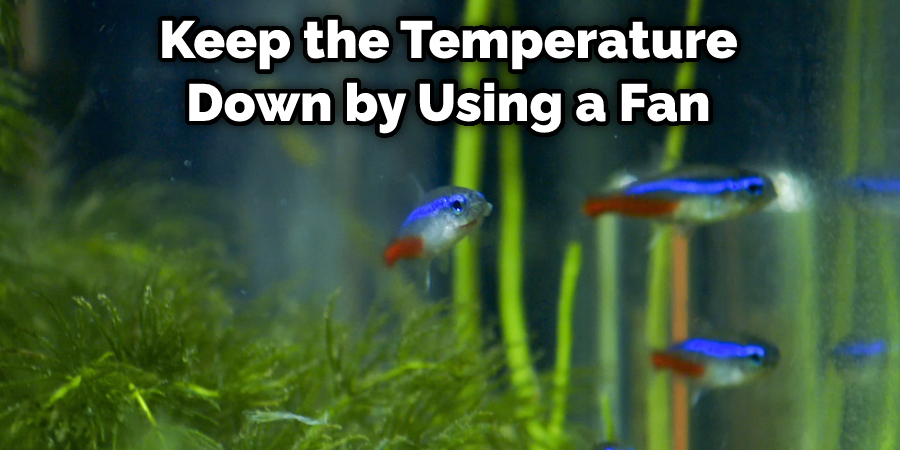
Step by Step How to Fix Led Aquarium Light:
1. Check the Power Source
The first thing you want to do is check the power source. Make sure that the light is plugged in and receiving power. If the light is not plugged in, plug it in and see if the light turns on.
2. Check the Bulbs
Next, you want to check the bulbs to see if they are the issue. Over time, bulbs will burn out and need to be replaced. Replacing the bulbs is usually a pretty simple process that you can do on your own. Unscrew the old bulbs and screw in the new ones. Once you have replaced the bulbs, turn on the light to see if that fixed the issue. If the light isn’t working, you may need to replace the entire fixture.
3. Replace the Fixture
If changing the bulbs doesn’t fix the issue, then you will need to replace the entire light fixture. You can find new fixtures online or at your local pet store. Make sure to get one that is the right size for your tank.
4. Clean the Lens
If your aquarium lights are dirty, it can cause them to appear dim. Cleaning the lens on your aquarium lights will help them to shine brighter. Use a soft cloth to wipe away any dirt or grime that has built up on the lens. You can also use a mild cleanser to clean the lens if it is especially dirty.
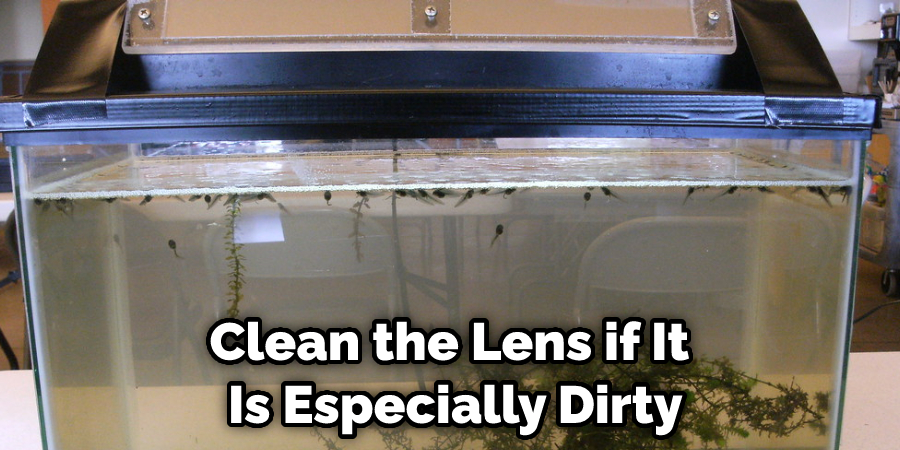
5. Check the Wiring
If your aquarium lights are not working, it could be due to a problem with the wiring. Check the wires to see if they are loose, damaged, or disconnected. You may need to replace the wires if they are damaged. Use a multimeter to check for continuity between the wires. If there is no continuity, then the wires are most likely damaged and need to be replaced.
6. Check the Fuse
If your aquarium lights have a fuse, check to see if it is blown. If the fuse is blown, you will need to replace it with a new one. Use a fuse tester or multimeter to check the fuse.
7. Check the Power Cord
If your aquarium lights are not working, check the power cord to make sure it is plugged in correctly. If the cord is not plugged in all the way, the light will not work. Also, check to see if the outlet is working by plugging in another appliance. If the outlet is not working, you will need to call an electrician to fix it.
8. Use a Timer
If your aquarium lights are coming on and off randomly, it could be due to a problem with the timer. Use a timer to turn the lights on and off at set intervals. This will help keep the aquarium light cycle more consistent, which can help reduce stress for the fish.
9. Use a Light Controller
If you want more control over your aquarium lights, you can use a light controller. A light controller is a device that allows you to turn your aquarium lights on and off, dim them, and change the color of the light. There are many different types of light controllers available, so you can find one that meets your needs.
10. Hang the Lights
Once you have your aquarium lights and controller, it’s time to install them. Most aquarium lights will come with suction cups that make it easy to attach the light to the top of your aquarium. If your light doesn’t have suction cups, you can use zip ties or fishing lines to secure the light to the top of the aquarium.
11. Place the Lights
After you have hung your aquarium lights, it’s time to place them in the aquarium. Make sure to position the lights to light the entire aquarium evenly. You don’t want any areas to be too dark or too bright.
12. Connect the Lights
Using the appropriate cables, connect the lights to the controller. If you are using RGB lights, make sure to connect the red, green, and blue wires to the correct ports. Most controllers will have a diagram showing which ports correspond to which colors. Once all of the lights are connected, turn on the controller.
You Can Check It Out to Fix Broken Wire on Solar Lights
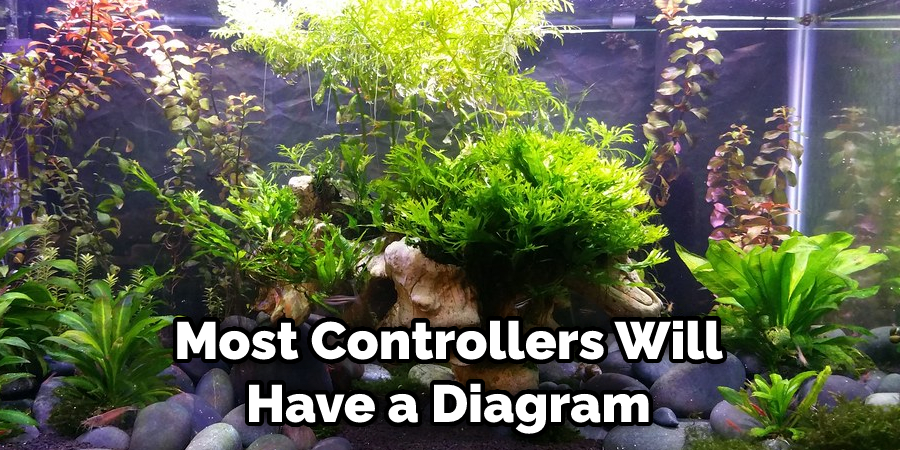
How Long Do Aquarium Led Lights Last?
Aquarium LED lights last anywhere from 20,000 to 50,000 hours. This is significantly longer than other types of aquarium lighting, such as fluorescent bulbs, which typically only last around 10,000 hours. One of the main reasons LED aquarium lights last so much longer is that they don’t produce as much heat as other types of lighting. This means that there is less stress on the components, and they are less likely to fail.
Frequently Asked Questions
What Happens when Led Lights Burn Out?
If you’re like most people, you probably feel panicked when your LED lights burn out. But don’t worry, there is usually no need to replace them right away. In fact, many LED light bulbs last for up to 10 years without needing to be replaced.
LEDs are actually designed with a built-in protection system that prevents the light from being too intense or focused in any one direction. This way, it is prevented from burning out quickly and causing damage to your eyes or other electronics. Additionally, LEDs emit less heat than incandescent bulbs, which means they are cooler on the hands and also use less energy overall.
Can Led Lights Be Repaired?
There is no one-size-fits-all answer to this question, as the best way to repair a Led light depends on the specific item and how it was damaged. However, some common repairs that may be applicable include replacing broken or cracked parts with new ones, repairing electrical damage with new wiring or solder, and fixing cosmetic issues like scratches or dents. In most cases, these repairs can be done by an experienced technician using basic tools and skills.
How Long Do Led Fish Tank Lights Last?
It can be tough to make a decision about what to buy, and that includes anything related to home appliances. That’s why I’ve put together this guide on how long do led fish tank lights last.
As you probably know, LED lights are the latest trend in the home appliance world. They offer many benefits, including lower energy costs, longer lifespans, and a reduced impact on the environment.
Now that you have a little more information about LED fish tank lights, it’s time to figure out how long they will last.
Generally, LED lights will last anywhere from 20,000 to 50,000 hours (or 5 to 10 years), which means that you will be able to use them for at least that long. Of course, depending on how often you turn them on and off and how much light they are using at any given time, the lifespan may be shorter or longer. But as a general rule of thumb, these lights should last for at least 5 years.
Why Is My Led Aquarium Light Flickering?
If you are experiencing flickering or random lighting in your aquarium, there is a chance that the lightbulb has gone out. You can check to see if this is the case by turning off all of the lights in your home and checking to see if the light on your aquarium flickers when you switch it on again. If so, then it may be time for a new bulb. Otherwise, there could be an issue with either the wiring or circulation within the tank itself. In order to troubleshoot these issues, you will need to get inside and inspect both parts closely.
Conclusion
This article has provided you with a step-by-step guide on How to Fix Led Aquarium Light. Aquarium lighting is an important part of keeping your fish happy and healthy. By following the tips in this article, you can ensure that your aquarium lights are working properly. Having a well-lit aquarium for both the fish and your viewing pleasure is important. If you are having trouble with your LED aquarium light, there are a few things you can do to try and fix it. We hope that this article has helped you troubleshoot your light and get your tank looking its best. If you have any questions, please feel free to leave a comment below. Thanks for reading.
